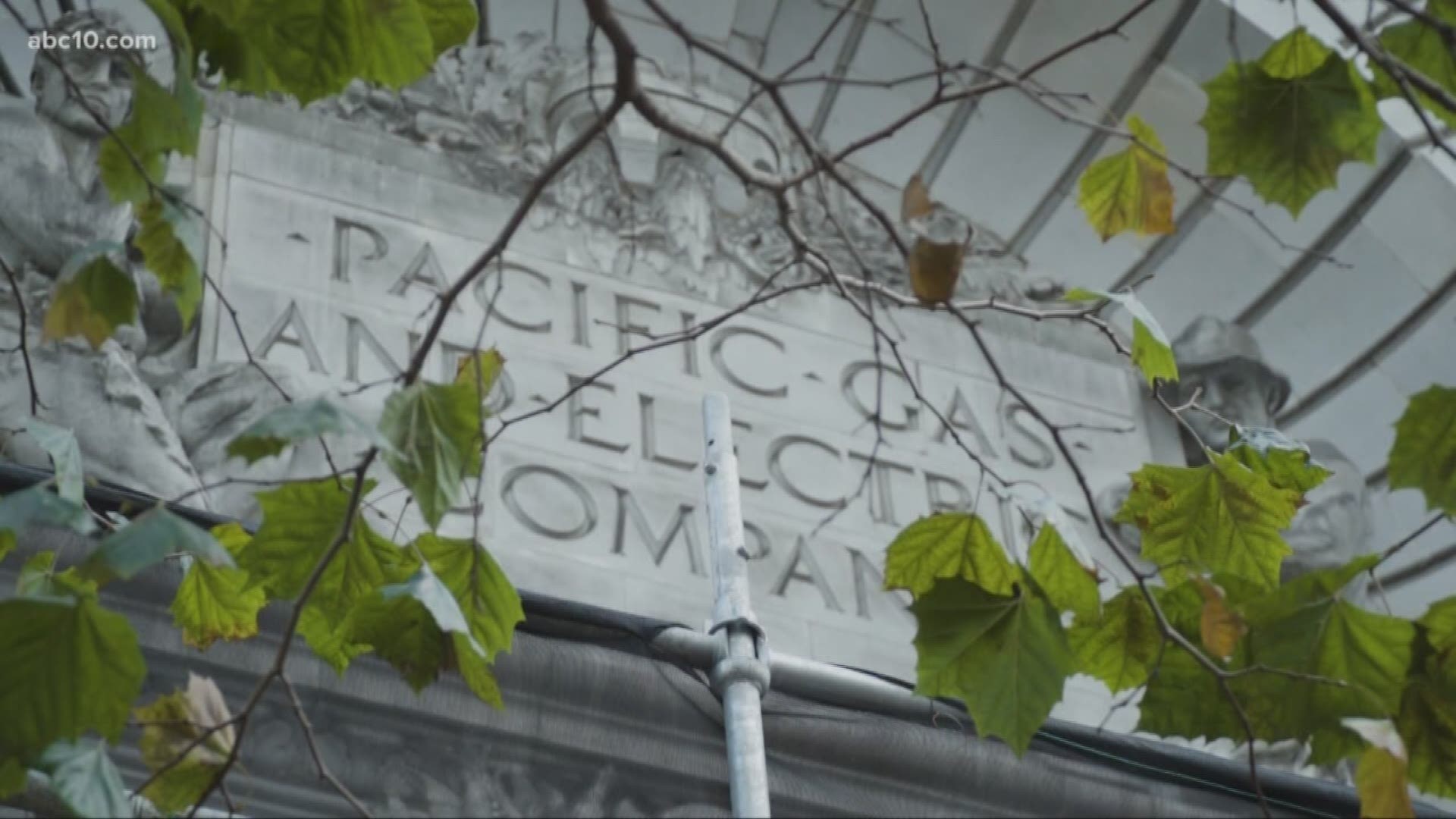SACRAMENTO, Calif. — The recent PG&E power shutoffs affected more than 2.5 million people.
The investor-owned utility has faced intensifying scrutiny in recent years due to its equipment being responsible for several major wildfires. Cal Fire announced in May that the Camp Fire was caused by a high-voltage transmission line owned by PG&E near the town of Pulga. The Camp Fire killed 85 people and destroyed more than 15,000 homes and businesses.
The recent power outages conducted by the company in the name of public safety, has resulted in immense public backlash. Customers and lawmakers have voiced concerns over the scope, communication, and length of the blackouts.
Meanwhile, some California cities, counties, and other local government agencies have floated the idea of leaving PG&E to gain local control of the grid and to ensure maintenance items are addressed.
The move would be far from easy and could cost tax payers a fortune. Government agencies would need to purchase the power poles and lines that supply power in their geographic region.
The City of San Francisco, the South San Joaquin Irrigation District, and the cities of Davis and Woodland have put bids into the company for purchase, all of which have been denied.
However, Barry Moline, the executive director of the California Municipal Utilities Association, which represents more than 60 publicly owned water and electric utilities across the state, said the answer may not be in PG&E’s hands.
“PG&E has shown an unwillingness to negotiate in the past on all three of these efforts,” Moline said. “Right now the decision may not be in PG&E’s hands. It looks like it’s in the hands of the bankruptcy judge.”
The company is in the middle of bankruptcy proceedings and owes billions to survivors of the catastrophic wildfires cause by faulty equipment. The bankruptcy judge could force the company to sell off assets to provide immediate payouts to survivors, Moline said.
So, you might be asking what’s the case for a public over a private utility? The basic daily operations of private and public utility companies should look nearly identical when it comes to daily operations, Moline said. However, a private company must answer to investors while a publicly owned utility answers to tax payers.
“For a community-owned utility there’s only one question that management asks, 'what’s the impact on our community?'” Moline said.
Still, there remains a variety of ways to address the need for power and the growing safety concerns over massive wildfires.
As state leaders have suggested in recent days, the company could continue to operate as is but with more oversight by lawmakers. Municipalities could negotiate a purchase of assets in their area through PG&E, which would break the company up. It’s possible that local governments could seize eminent domain, however, it’s a long and arduous process that could result in failure. A private or combination of public agencies could seek to purchase the company as a whole.
FREE ABC10 APP:
►Stay In the Know! Sign up now for ABC10's Daily Blend Newsletter
Rocklin Mayor Joe Patterson explains why he wants the city to leave PG&E. Concerns include the costs of PG&E and recent power shutoffs.



